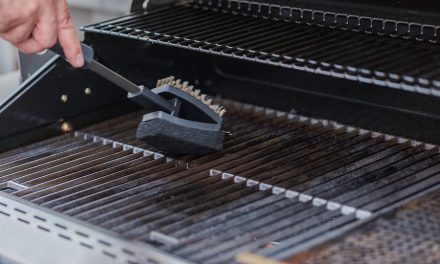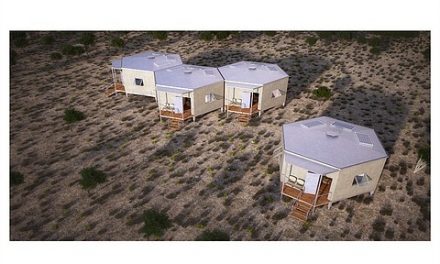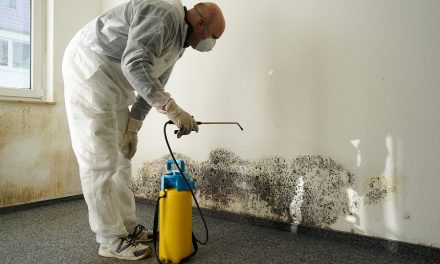Drought-afflicted South Australia will use professional firearms experts to shoot more than 10,000 camels to prevent them from drinking too much water.
The shooters, who will be in helicopters, will begin the slaughter on Wednesday following an order from Aboriginal leaders in the Anangu Pitjantjatjara Yankunytjatjara (APY) lands. Their carcasses will be left to dry off before they are either burned or buried.
RELATED STORY:
Locals have complained that the animals have been entering communities and wreaking destruction as they look for any available water source, including taps and tanks. Marita Baker, a board member of the APY executive, told The Australian:
“We have been stuck in stinking hot and uncomfortable conditions, feeling unwell, because the camels are coming in and knocking down fences, getting in around the houses and trying to get to water through air-conditioners.”
The paper reported the animals are also being culled because they release methane equivalent to one ton of carbon dioxide per year, raising concerns over greenhouse gas emissions.
A spokesperson for the South Australia Department of Environment and Water said the increasing number of camels had caused several problems in the region, telling news.com.au:
“This has resulted in significant damage to infrastructure, danger to families and communities, increased grazing pressure across the APY lands and critical animal welfare issues as some camels die of thirst or trample each other to access water. In some cases, dead animals have contaminated essential water sources and cultural sites.”
RELATED STORY:
The operation to control the camel population is expected to take five days and is estimated to total 1.2 million across the country.
Camels were introduced to Australia from Afghanistan and India during the 19th century, and were used for transport and construction.
If culling did not occur, the camel population would double every eight to ten years.
Nonetheless, the operation comes amid estimates that more than a billion animals have perished in the wildfires that are currently raging across Australia.
RELATED STORY:
Chris Dickman, an ecologist at the University of Sydney, indicated that earlier estimates that nearly half a billion creatures had perished were conservative because they did not include animals such as frogs, bats, and invertebrates. Including those, he said the losses would exceed one billion, “without any doubt at all.” He also called this “a very conservative figure.”
Populations of small marsupials called dunnarts, along with glossy black cockatoos, may have disappeared completely after fires burned a third of Kangaroo Island, which is now a “scorched wasteland.”
Many conservationists and wildlife experts fear the bushfires may have wiped out entire species of animals.












